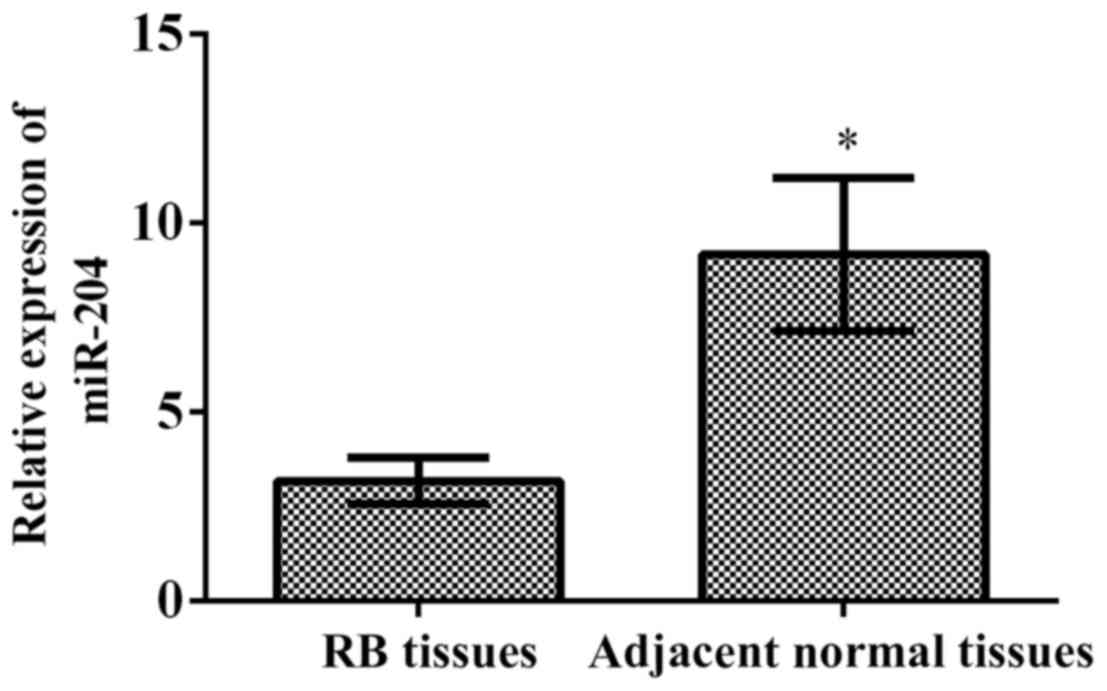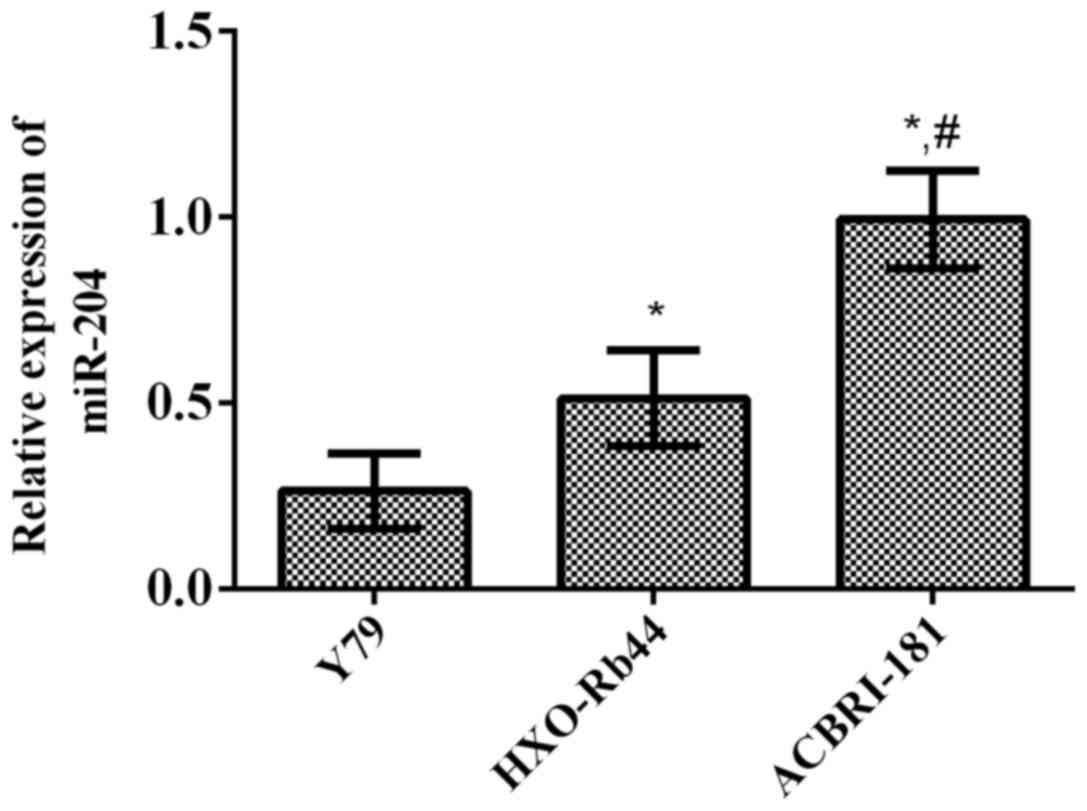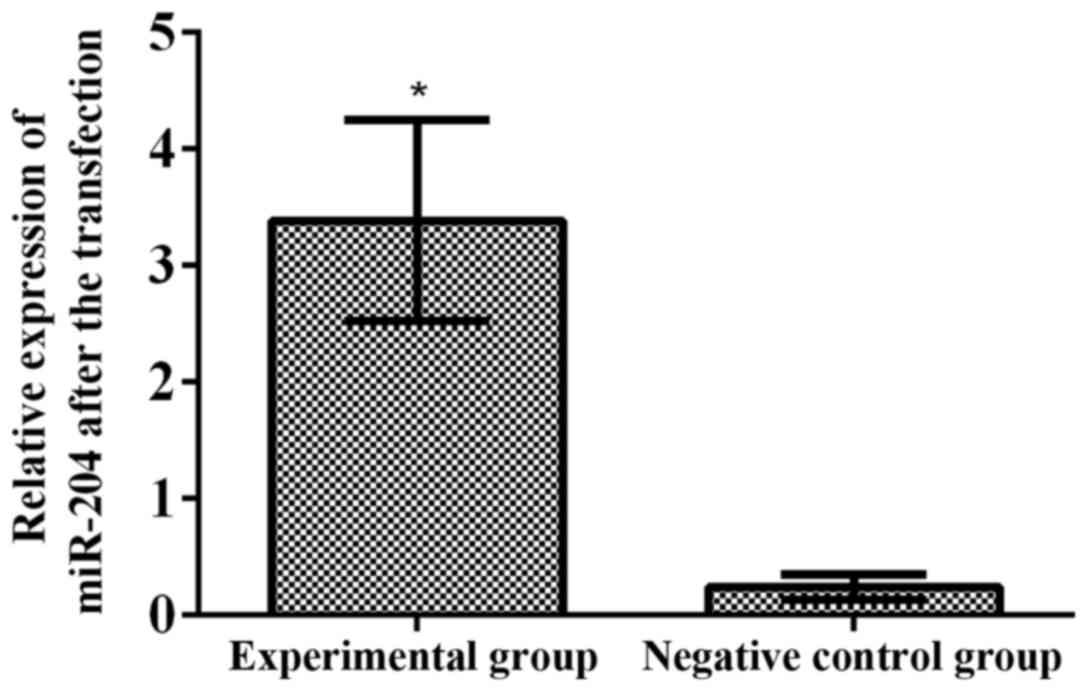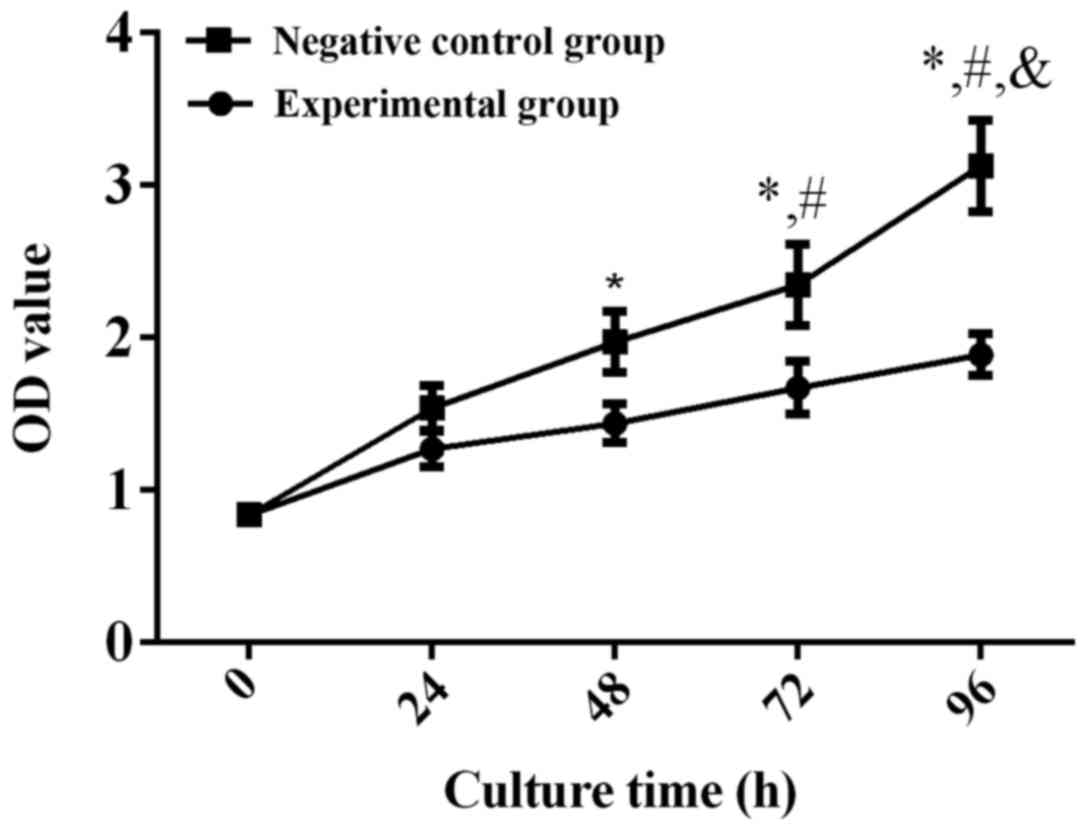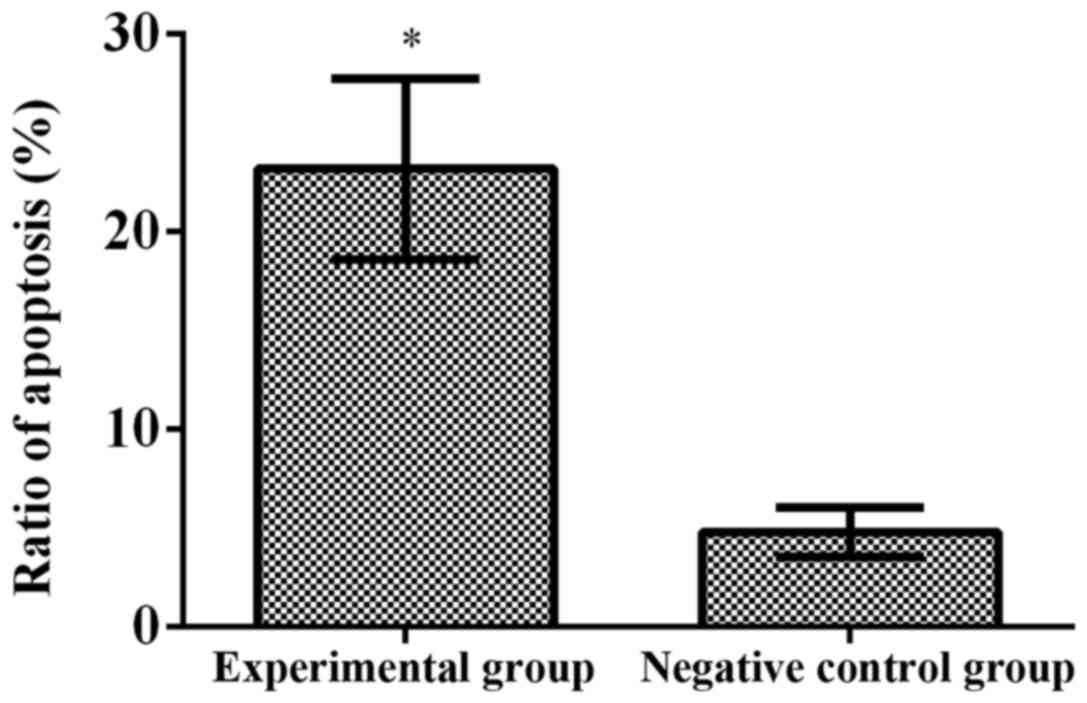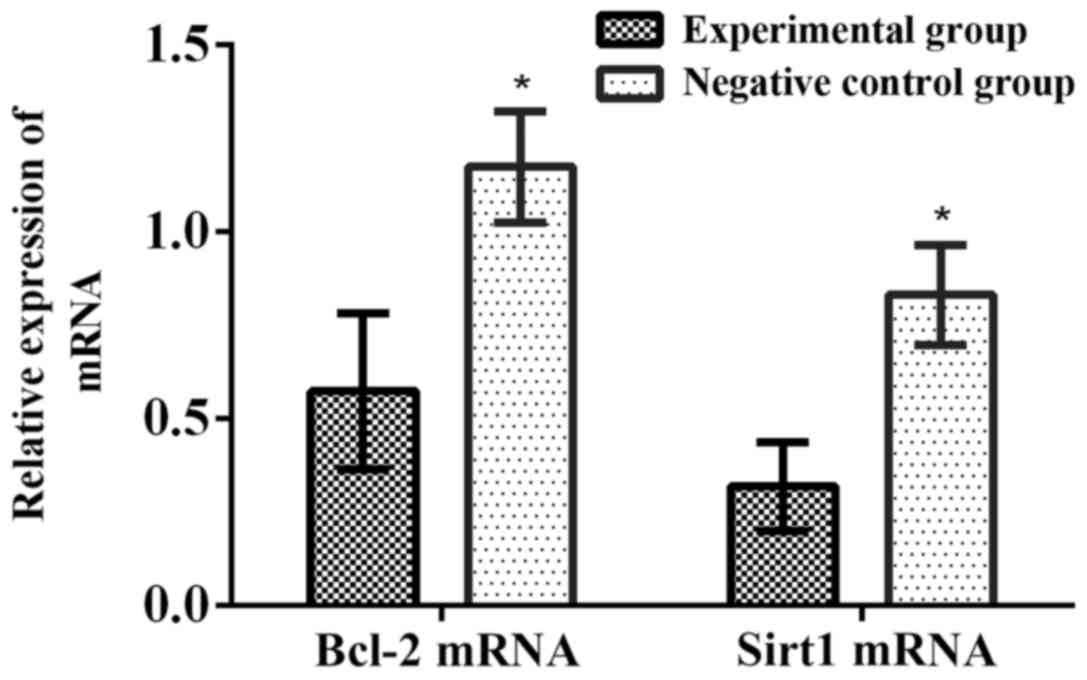|
1
|
Rosenberg A and Mahalingam D:
Immunotherapy in pancreatic adenocarcinoma-overcoming barriers to
response. J Gastrointest Oncol. 9:143–159. 2018. View Article : Google Scholar : PubMed/NCBI
|
|
2
|
Eldehna WM, Al-Wabli RI, Almutairi MS,
Keeton AB, Piazza GA, Abdel-Aziz HA and Attia MI: Synthesis and
biological evaluation of certain hydrazonoindolin-2-one derivatives
as new potent anti-proliferative agents. J Enzyme Inhib Med Chem.
33:867–878. 2018. View Article : Google Scholar : PubMed/NCBI
|
|
3
|
Garsed DW, Alsop K, Fereday S, Emmanuel C,
Kennedy CJ, Etemadmoghadam D, Gao B, Gebski V, Garès V, Christie
EL, et al: Nadia Traficante, for the Australian Ovarian Cancer
Study Group: Homologous recombination DNA repair pathway disruption
and retinoblastoma protein loss are associated with exceptional
survival in high-grade serous ovarian cancer. Clin Cancer Res.
24:569–580. 2018. View Article : Google Scholar : PubMed/NCBI
|
|
4
|
Qi DL and Cobrinik D: MDM2 but not MDM4
promotes retinoblastoma cell proliferation through p53-independent
regulation of MYCN translation. Oncogene. 36:1760–1769. 2017.
View Article : Google Scholar : PubMed/NCBI
|
|
5
|
Medina-Cleghorn D and Nomura DK: Chemical
approaches to study metabolic networks. Pflugers Arch. 465:427–440.
2013. View Article : Google Scholar : PubMed/NCBI
|
|
6
|
Zhang WF, Xiong YW, Zhu TT, Xiong AZ, Bao
HH and Cheng XS: MicroRNA let-7g inhibited hypoxia-induced
proliferation of PASMCs via G0/G1 cell cycle arrest by targeting
c-myc. Life Sci. 170:9–15. 2017. View Article : Google Scholar : PubMed/NCBI
|
|
7
|
Zhang HF, Wang YC and Han YD: MicroRNA-34a
inhibits liver cancer cell growth by reprogramming glucose
metabolism. Mol Med Rep. 17:4483–4489. 2018.PubMed/NCBI
|
|
8
|
Suzuki HI, Young RA and Sharp PA:
Super-enhancer-mediated RNA processing revealed by integrative
microRNA network analysis. Cell. 168:1000–1014.e15. 2017.
View Article : Google Scholar : PubMed/NCBI
|
|
9
|
Zhang X, Fan F, Huo Y and Xu X:
Identifying the optimal blood pressure target for ideal health. J
Transl Int Med. 4:1–6. 2016. View Article : Google Scholar : PubMed/NCBI
|
|
10
|
Castro-Magdonel BE, Orjuela M, Camacho J,
García-Chéquer AJ, Cabrera-Muñoz L, Sadowinski-Pine S,
Durán-Figueroa N, Orozco-Romero MJ, Velázquez-Wong AC,
Hernández-Ángeles A, et al: miRNome landscape analysis reveals a 30
miRNA core in retinoblastoma. BMC Cancer. 17:458–470. 2017.
View Article : Google Scholar : PubMed/NCBI
|
|
11
|
Golabchi K, Soleimani-Jelodar R, Aghadoost
N, Momeni F, Moridikia A, Nahand JS, Masoudifar A, Razmjoo H and
Mirzaei H: MicroRNAs in retinoblastoma: Potential diagnostic and
therapeutic biomarkers. J Cell Physiol. 233:3016–3023. 2018.
View Article : Google Scholar : PubMed/NCBI
|
|
12
|
Gao N, Wang FX, Wang G and Zhao QS:
Targeting the HMGA2 oncogene by miR-498 inhibits non-small cell
lung cancer biological behaviors. Eur Rev Med Pharmacol Sci.
22:1693–1699. 2018.PubMed/NCBI
|
|
13
|
Yang G, Fu Y, Zhang L, Lu X and Li Q:
miR106b regulates retinoblastoma Y79 cells through Runx3. Oncol
Rep. 38:3039–3043. 2017. View Article : Google Scholar : PubMed/NCBI
|
|
14
|
Guo R, Shen W, Su C, Jiang S and Wang J:
Relationship between the pathogenesis of glaucoma and miRNA.
Ophthalmic Res. 57:194–199. 2017. View Article : Google Scholar : PubMed/NCBI
|
|
15
|
Scelfo C, Francis JH, Khetan V, Jenkins T,
Marr B, Abramson DH, Shields CL, Pe'er J, Munier F, Berry J, et al:
An international survey of classification and treatment choices for
group D retinoblastoma. Int J Ophthalmol. 10:961–967.
2017.PubMed/NCBI
|
|
16
|
Cheng J, Chen Y, Zhao P, Li N, Lu J, Li J,
Liu Z, Lv Y and Huang C: Dysregulation of miR-638 in hepatocellular
carcinoma and its clinical significance. Oncol Lett. 13:3859–3865.
2017. View Article : Google Scholar : PubMed/NCBI
|
|
17
|
Liu ZP, Zhou KY, Chen LL, Xiao ZH and Chen
YZ: A preliminary study of retinoblastoma-related serum tumor
markers. Zhongguo Dang Dai Er Ke Za Zhi. 19:318–321. 2017.(In
Chinese). PubMed/NCBI
|
|
18
|
Guo L, Huang C and Ji QJ: Aberrant
promoter hypermethylation of p16, survivin, and retinoblastoma in
gastric cancer. Bratisl Lek Listy. 118:164–168. 2017.PubMed/NCBI
|
|
19
|
Colden M, Dar AA, Saini S, Dahiya PV,
Shahryari V, Yamamura S, Tanaka Y, Stein G, Dahiya R and Majid S:
MicroRNA-466 inhibits tumor growth and bone metastasis in prostate
cancer by direct regulation of osteogenic transcription factor
RUNX2. Cell Death Dis. 8:e25722017. View Article : Google Scholar : PubMed/NCBI
|
|
20
|
Li JH, Sun SS, Fu CJ, Zhang AQ, Wang C, Xu
R, Xie SY and Wang PY: Diagnostic and prognostic value of
microRNA-628 for cancers. J Cancer. 9:1623–1634. 2018. View Article : Google Scholar : PubMed/NCBI
|
|
21
|
Adams FF, Hoffmann T, Zuber J, Heckl D,
Schambach A and Schwarzer A: Pooled generation of lentiviral
tetracycline-regulated microRNA embedded short hairpin RNA
libraries. Hum Gene Ther Methods. 29:16–29. 2018. View Article : Google Scholar : PubMed/NCBI
|
|
22
|
Montagnana M, Benati M, Danese E, Giudici
S, Perfranceschi M, Ruzzenenete O, Salvagno GL, Bassi A, Gelati M,
Paviati E, et al: Aberrant MicroRNA expression in patients with
endometrial cancer. Int J Gynecol Cancer. 27:459–466. 2017.
View Article : Google Scholar : PubMed/NCBI
|
|
23
|
Chen C, Liu TS, Zhao SC, Yang WZ, Chen ZP
and Yan Y: XIAP impairs mitochondrial function during apoptosis by
regulating the Bcl-2 family in renal cell carcinoma. Exp Ther Med.
15:4587–4593. 2018.PubMed/NCBI
|
|
24
|
Canu V, Sacconi A, Lorenzon L, Biagioni F,
Lo Sardo F, Diodoro MG, Muti P, Garofalo A, Strano S, D'Errico A,
et al: MiR-204 down-regulation elicited perturbation of a gene
target signature common to human cholangiocarcinoma and gastric
cancer. Oncotarget. 8:29540–29557. 2017. View Article : Google Scholar : PubMed/NCBI
|
|
25
|
Wang J, Wang H, Hao Y, Yang S, Tian H, Sun
B and Liu Y: A novel reaction-based fluorescent probe for the
detection of cysteine in milk and water samples. Food Chem.
262:67–71. 2018. View Article : Google Scholar : PubMed/NCBI
|
|
26
|
Yuan X, Wang S, Liu M, Lu Z, Zhan Y, Wang
W and Xu AM: Histological and pathological assessment of miR-204
and SOX4 levels in gastric cancer patients. Biomed Res Int.
2017:68946752017. View Article : Google Scholar : PubMed/NCBI
|















